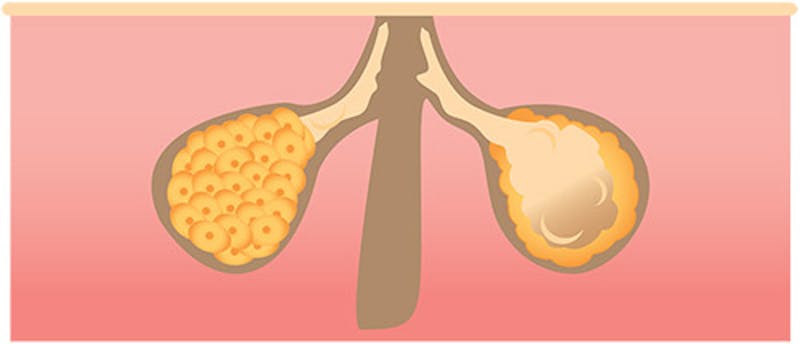
Posted by Dr. Anil R. Shah
Acne Diagram 1
Acne is typically a localized skin infection of the face. The infection can lead to redness, inflammation and sometimes scarring.
Acne is thought to occur because the oil in the skin, called sebum, feeds the bacteria that cause acne. The most common type of acne is from the bacteria, Propionibacterium acnes. More severe variants of acne, particularly pustular acne, can be caused by other types of acne, including Staphylococcus Aureus.
The bacteria of acne needs the “food” from the sebum of the skin. Increased sebum occurs from a variety of factors, including adolescent hormonal changes, diet, genetic factors and many other sources. One way of treating acne is to dry out the oil glands of the skin and, hence, cut off the food supply to the bacteria. Methods for doing so include the use of Retinoids and Retinols, some LASER procedures, chemical peels, Accutane and the use of Botulinum Toxin in the skin.
Acne Diagram 2
Treating the infective component of acne often involves killing the bacteria. The use of topical antibiotic agents, as well as oral ones, can be effective in treatment. Blue light therapy can specifically target acne in the skin. Some chemical peels also work at changing the landscape of the skin and target acne, as well.
The cycle of acne often persists when oil is released and bacteria reemerges, creating a potentially frustrating cycle of infection. Often, the key step in treating acne is to treat both the bacteria and the oil supply.
Whiteheads and Blackheads: What causes them?
Acne Diagram 3
Both whiteheads and blackheads, scientifically called comedones, are caused by blocked pores as a result of sebaceous build up.
When the whitehead remains trapped under the surface of the skin, it remains white, which is also known as closed comedone.
Acne Diagram 4
Blackheads reach the surface of the skin and are sometimes called open comedones. The air causes the blackheads to turn dark and oxidize. It is important to note that blackheads are not dirt and that treatment often involves treating the sebum as well as working with pores of the face.

